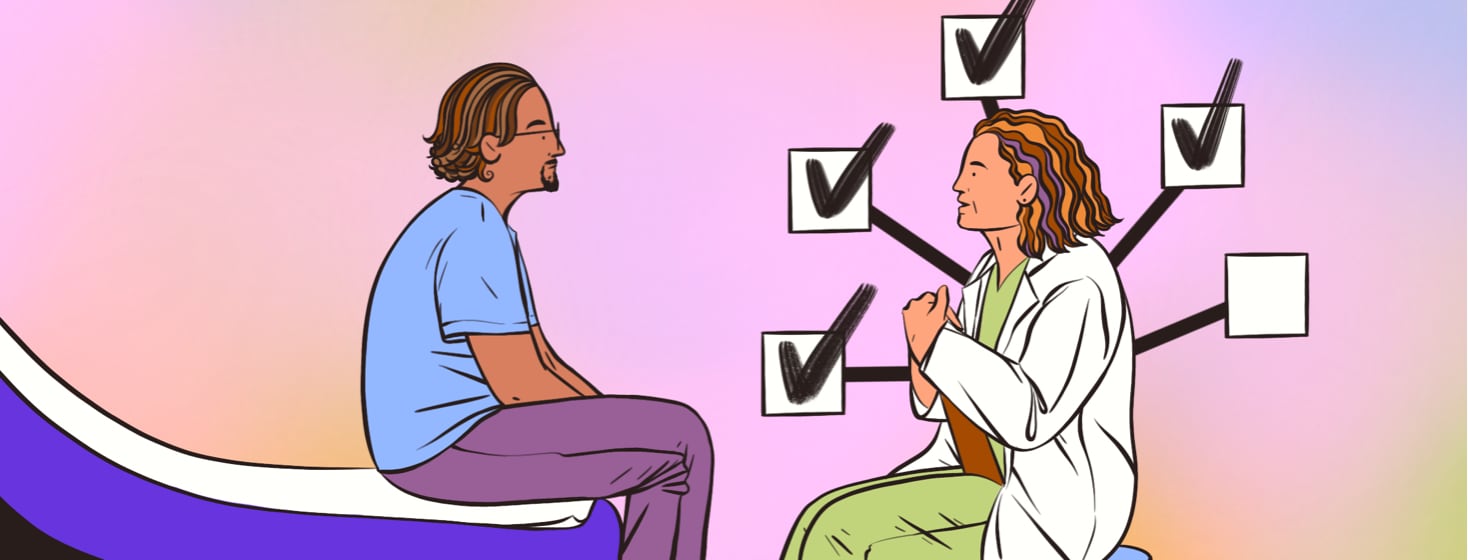Treating Chronic Hives is Complicated
I feel like it’s been a really long time since I’ve written a treatment update. Maybe if you’re just finding Chronic-Hives.com, you are reading the series back to back, or if you are following along in real-time, you’ve anxiously been waiting to hear what comes next for me. Or, perhaps you don’t care at all and you are simply reading this because you are so miserable with hives and you just want something monotonous to distract yourself with.
Regardless of the reason, let's proceed, shall we?
My treatment journey
If this is the first time reading my treatment journey, feel free to update yourself on my progress. It’s been quite the long and arduous road, and there is still plenty of twists and turns ahead. When I last left off, I had been dealing with some throat swelling, which had sent me to the emergency room a couple of times. We played eeny, meeny, miny, moe to determine the cause of my swelling, but didn’t reach any conclusions. We did, however, decide to stop a new medicine I had started taking for my chronic hives. At the very least it wasn’t helping anything, since I was still dealing with angioedema which is my worst chronic hive symptom, and at the worst, it was causing the issue it was trying to prevent. So, I stopped it.
And that begs a really, really big question. Where to next?
Episodes of hives
But first, a side note.
It isn’t uncommon to go in and out of episodes of hives. They can appear for weeks, months, or even years at a time, and then suddenly be gone for another indeterminate amount of time. Or at least that’s how my hives work. Ever since stopping the last round of medicine, I’ve been relatively hive free, save for the first 5 days after I had major surgery. Really, there’s been nothing to speak of. No itching. No swelling, No red, irritated welts covering my body. And boy, it has felt great! And while I bask in this period of reprieve, my doctor and I both know that we need to have a plan in place for when these hives rear their ugly heads again.
I wish I could share the whole of the 60-minute appointment I had with my doctor, but that’s just not possible. It was a long discussion and we weighed the pros and cons of many different medicines. But it’s complicated. I’m complicated. My medical history, allergies, and contraindication for different medications is complicated.
Blood thinners and hives
So, before we move on to the next few options, a short back story. Or perhaps some complicated cliff notes.
A few years ago, I had something called a pulmonary embolism. Essentially, it’s a blood clot that gets in your lungs making it impossible to exchange oxygen with the air. I tend to think of it as reverse drowning, drowning from the inside out. It’s pretty serious and I ended up in the ICU for a few days after having emergency surgery to remove the clot. A year and a half after the first pulmonary embolism, I had a second one. No bueno. So, lucky me, I get to be on a medication called a “blood thinner” for the rest of my life. Blood thinner is kind of a misnomer because it doesn’t actually thin the blood, but more aptly, blood thinners make it more difficult for the body to form clots. So if you and I were to get the same cut on our finger, it would just take mine a little bit longer to stop bleeding.
But what does any of this have to do with treating hives? I’m so glad you asked! Blood thinners interact with a lot of different medications, some blood thinners more than others. So that in and of itself limits my options. But even greater are the risk of taking certain medications because they can increase the likelihood of forming a blood clot, and since I’m already at greater risk, I have to avoid some medications.
Now that you are all caught up and know the back story for my next options, come back for part two of this next installment of my treatment journey!

Join the conversation